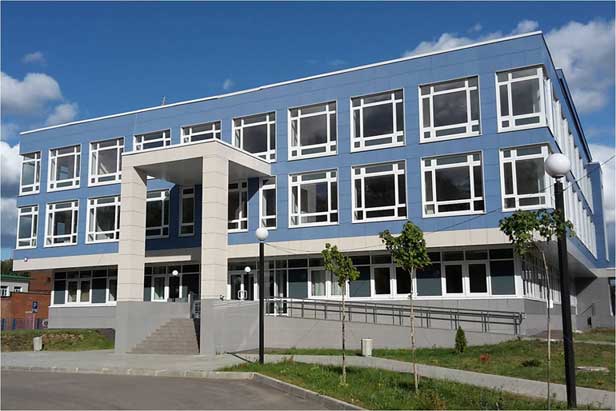Institute of Mathematical Problems of Biology

Postal address: IMPB RAS, 1, Professor Vitkevich St., 142290, Pushchino, Moscow Region, Russia
Phone: +(7) (4967) 318504
Fax: +(7) (4967) 318500
E-mail: com@impb.ru
The Institute of Mathematical Problems of Biology RAS (IMPB RAS) was founded in 1972. When organized,
the Institute received the name of the Research Computing Center (RCC) of the USSR Academy of Sciences. In 1992
the Research Computing Center was reorganized into the Institute of Mathematical Problems of
Biology RAS. The 15 February 2016 it was renamed into the Institute of Mathematical Problems of
Biology RAS - the Branch of Keldysh Institute of Applied Mathematics of Russian Academy of Sciences (IMPB RAS- Branch of KIAM RAS).
The main goal of the Institute was defined as working out of mathematical and computing methods for biological investigations. During its history the Institute followed this direction and in many of its works has progressed to the level of the highest world standards .
Research work is conducted in the following areas:
- study of nonlinear models of the autolocalized states in condensed media;
- simulation modeling of the dynamics of biomolecular systems;
- asymptotical methods and numerical modeling in investigation of excitation waves;
- methods for dynamical systems analysis;
- methods for estimation of a green cover biodiversity;
- bifurcations in differential equations describing systems with symmetry;
- bifurcations in functional differential equations;
- neuronetwork models of information processing in brain structures;
- growing random graphs and their application in mathematical neurobiology;
- development of algorithms and programs for the study of extended genomic sequences: recognition of coding regions and areas of statistical homogeneity
- computer methods for the study of biopolymer primary structures;
- development of biopolymer comparison methods and their application to recognition of spatial structure of proteins;
- mathematical models in biomechanics;
- development of new methods for decoding the structure of biomacromolecular complexes from the data of X-ray scattering and neutron diffraction;
- methods of numerical analysis for treatment the data of biological experiments;
- development of methods of acquisition, processing and analysis of digital images in biology and medicine;
- study of models of potential-dependent ion channels in excitable biomembranes;
- analytical solutions of integro-differential equations;
- digital terrain modelling.
|



